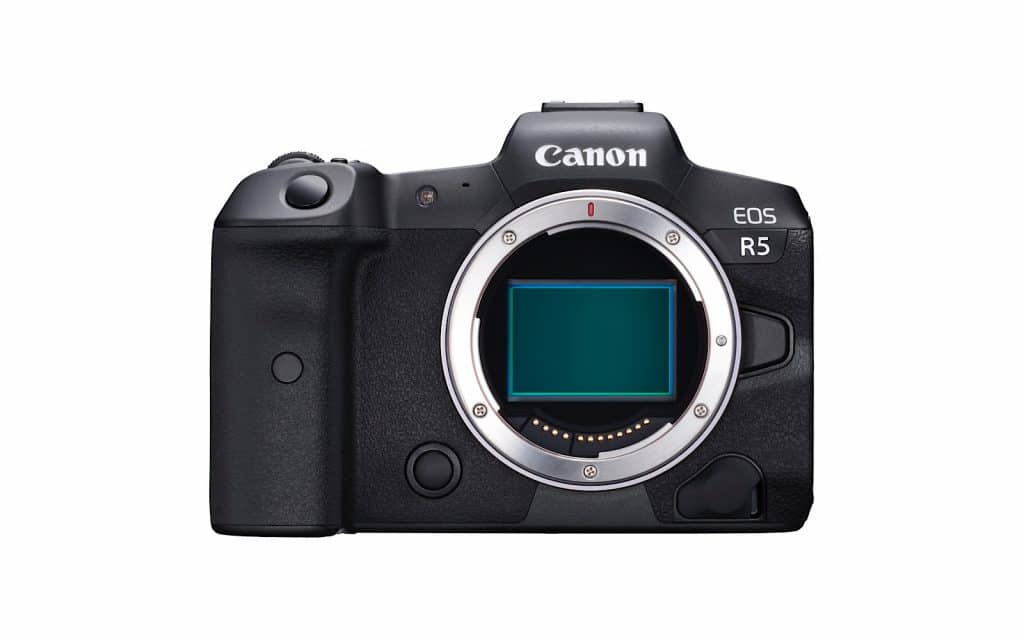Not enough 8K content out there (or any at all)? You might want to make your own, and Canon will have a way later on, with details emerging about the tech inside.
With the absolute dearth of content out there for the few 8K TVs in existence, it’s easy to feel a little disillusioned if you’ve opted to support the new Ultra HD technology early.
On the one hand, you’ll have one of the first 8K TVs, making you an early adopter. Yet on the other, the only content at your disposal either consists of technology demos on YouTube or upscaled 4K content. With virtually nothing in 8K streaming beyond YouTube, there’s just not much out there to play on that new telly.
One option, though, might be to film it yourself. 8K cameras are gradually trickling out, and while the 8K cameras found in phones like the Galaxy S20 range are a start, they’re not the best start you could hope for. Small sensors and glass that you’d want to be better set the limitations pretty early, so if you’re going to make an 8K film, you’re going to want it to include a decent sensor and lens system.
Fortunately, one of those is coming, as Canon reveals a little more detail on its first 8K digital mirrorless, the Canon EOS R5.
This one isn’t a digital SLR like its EOS D cameras, and sits in the R-series, meaning it’s a mirrorless camera made for supporting the same lenses as the other EOS R models out on the market.
Previous hinted at, Canon is talking numbers and specs for the camera, which should be on the way and is expected some time around the middle of the year, if not a little bit later.
Talking up specs is a way for Canon to get potential customers excited, and possibly to get competitors nervous, particularly given the specifics of the camera. As such, it’s going to support 8K RAW video with capture up to 29.97 frames per seconds, while 4K video capture will be supported up to 119.88 frames per second, providing some decent slow motion if it’s needed in 4K while standard video speeds run at 8K.
Canon is also talking up the technology for stabilisation, meaning you might be able to capture in slightly darker conditions are lower frame rates, with 5-axis In-Body Image Stabilisation, something Canon shortens to the acronym “IBIS”, which can be used with the Optical Image Stabilisation (OIS) found in select Canon lenses.
This sits alongside support for Dual Pixel autofocus for improved focusing, fast frame rates of 12 frames per second in the mechanical shutter and up to 20 frames per second for images (because it’ll do that, too), as well as an AI mode that can recognise animals, supporting automatic pickup of dogs, cards, and birds.
“This is the camera we’ve been waiting for and the one I believe our competitors hoped would never materialise. As the specs show, the EOS R5 is not the ‘fantasy’ that many speculated was too good to be true,” said Jason McLean, Director of Consumer Imaging and Services for Canon in Australia.
“On the contrary, the EOS R5 is a revolutionary camera that will enable content creators to go further than they ever expected,” he said. “Its video capabilities alone are over and above anything available in a mirrorless camera before and will be accessible to creators broadly, both inside and outside the realm of professionals.”
On the one hand, that’s great news for people keen to capture and make their own 8K content, particularly since there’s practically nothing out there yet. The downside, however, is that you shouldn’t expect this camera to be cheap.
While Canon’s top-end EOS R sits around the $3K mark for pricing right now, we suspect the EOS R5 will be priced much, much higher, at least initially. There’s no word on what that would be, but if this camera hits below $6999 in Australia, we’d be surprised (and genuinely expect it to be even higher). With that in mind, if Canon’s 8K EOS R5 has your attention, you’d be advised to start saving.








